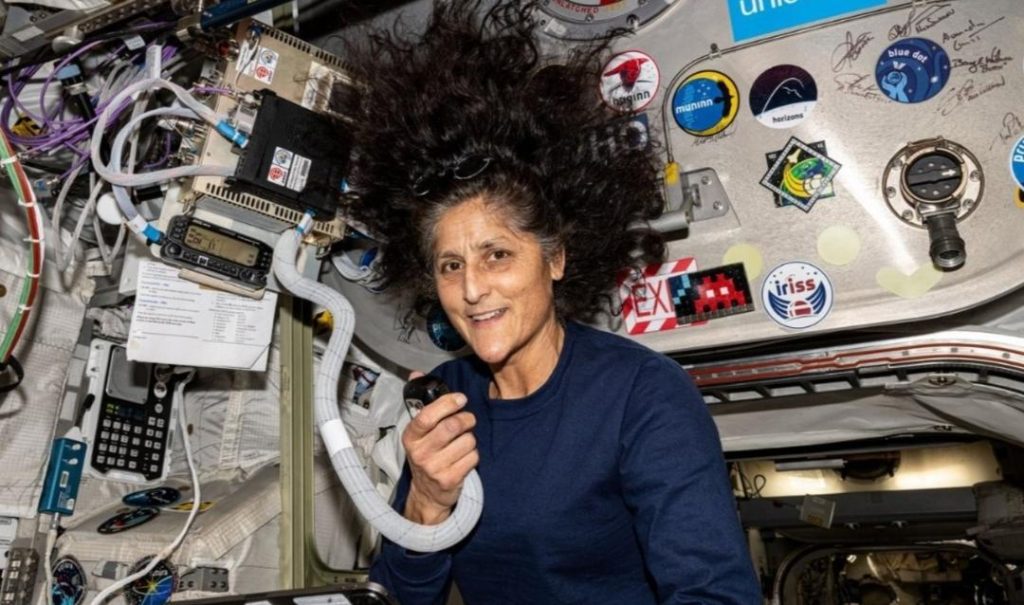
What Scientific Milestones Were Achieved by Williams & Her Team?
The International Space Station (ISS) has been a hub for scientific experimentation and innovation since its inception. The crew onboard the ISS has been working tirelessly to advance our understanding of various scientific phenomena, from the effects of microgravity on human health to the potential applications of 3D printing in space. In a recent report, NASA listed the scientific milestones achieved by the crew, including Nick Hague, Butch Wilmore, Sunita Williams, and cosmonaut Aleksandr Gorbunov.
One of the primary focuses of the crew was on plant-related studies. The microgravity environment of the ISS provides a unique opportunity to study the effects of weightlessness on plant growth and development. The crew conducted several experiments to understand how plants adapt to microgravity and how they respond to different environmental conditions. This research has significant implications for future space missions, as it could help us develop more sustainable food systems for long-duration spaceflight.
Another significant achievement of the crew was the capture of thousands of images of Earth. Butch Wilmore, a NASA astronaut, was responsible for taking these stunning photographs, which provided valuable insights into urban growth, climate change, and natural disasters from space. These images served as a reminder of the fragility and beauty of our planet, and they underscored the importance of continued scientific research and exploration.
In addition to these plant-related studies and Earth observation, the crew also tested the capabilities of 3D printing in microgravity. The experiment, known as “Ribosome,” aimed to develop implantable medical devices that could be used in future space missions. The crew successfully printed a variety of structures, including a prosthetic ear, which demonstrated the potential of 3D printing in space.
The crew also conducted several experiments focused on astronaut health and well-being. One of the most significant studies was the “Effects of Microgravity on the Human Body” experiment, which aimed to understand the effects of long-duration spaceflight on the human body. The crew collected data on a range of physiological parameters, including heart rate, blood pressure, and muscle mass, which will help scientists develop more effective countermeasures for future space missions.
Another experiment, known as “Fire in Space,” aimed to understand the behavior of fires in microgravity. The crew conducted several controlled burns using a specialized equipment, which provided valuable insights into the complexities of fire propagation and behavior in space. This research has significant implications for future space missions, as it could help us develop more effective fire safety protocols.
The crew also conducted several other experiments, including the “Fluid Science Laboratory” experiment, which aimed to understand the behavior of fluids in microgravity. The experiment involved the study of fluid dynamics, heat transfer, and mass transport, which could have significant implications for a range of scientific and engineering applications.
In conclusion, the crew onboard the ISS achieved several significant scientific milestones during their mission. From plant-related studies to Earth observation, 3D printing, and astronaut health and well-being, the crew demonstrated the incredible potential of scientific research in space. Their work will help scientists and engineers develop more effective solutions for future space missions, and it will continue to inspire new generations of scientists and explorers.
Source:






